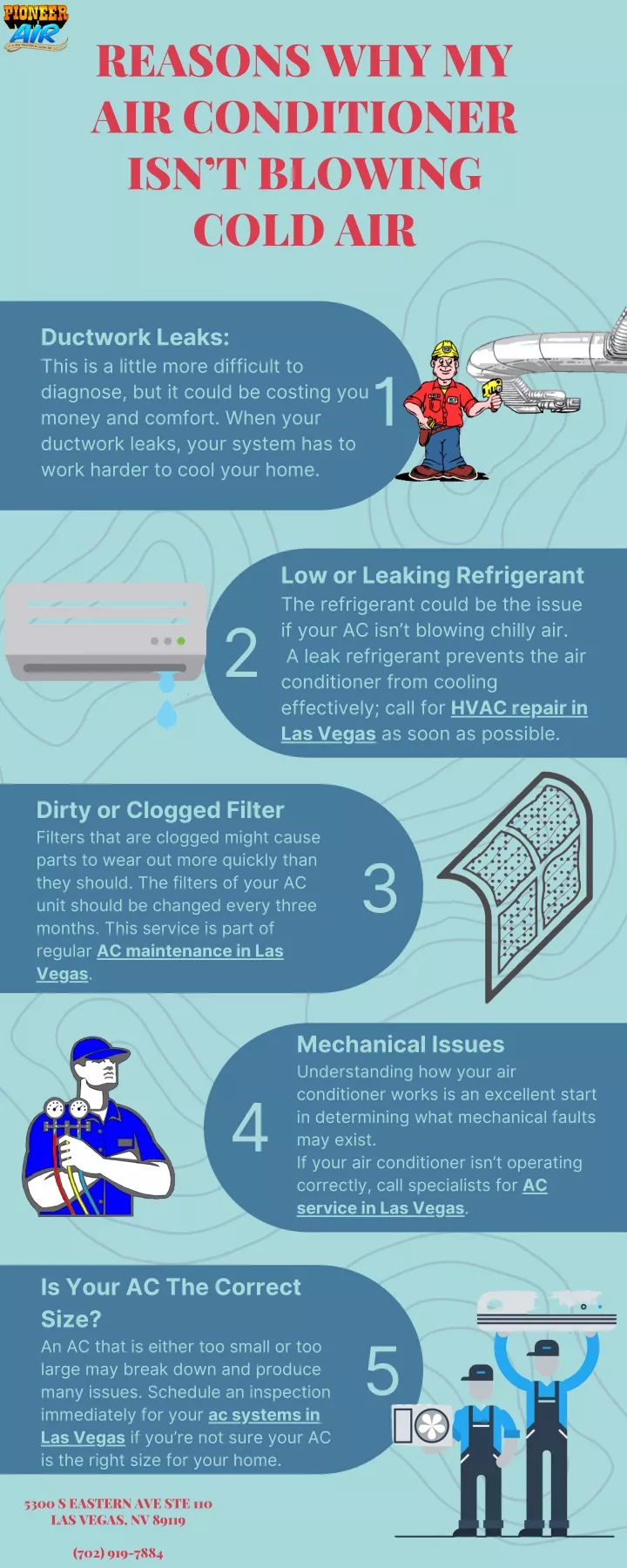Ah, the air conditioning unit—an indispensable part of modern living that ensures comfort during sweltering summer days. Whether you’re working from home or luxuriating on your couch with a good book, the gentle hum of an AC unit is often the backdrop to everyday life. Yet, imagine lounging in a room where one sole AC vent insists on being a “cold spot,” refusing to output even a whisper of refreshing airflow. This phenomenon can be perplexing and can leave homeowners scratching their heads. Understanding why one AC vent fails to blow air is essential for maintaining a balanced indoor climate and ensuring energy efficiency.
First, let’s consider the most fundamental aspect: the airflow mechanics of an air conditioning system. An AC unit operates on a principle of ventilation that involves the intake of warm air and the expulsion of cool air. When everything functions as it should, each vent contributes to an even distribution of conditioned air throughout the space. However, if one vent is underperforming, it creates inefficiency and discomfort.
The reasons for one AC vent not blowing air can be as varied as a box of chocolates. Here are a few common culprits:
1. Blocked Air Ducts: The very first suspect to investigate is the air duct system. Dust, dirt, and debris can accumulate in the ducts, obstructing the flow of air. This blockage is often more pronounced in homes that lack regular duct cleaning. It’s a good idea to administer a visual inspection or, better yet, employ a professional to conduct a thorough cleaning. Remember, a clean duct system not only promotes efficiency but also contributes to better indoor air quality.
2. Closed or Damaged Dampers: Dampers, the mechanical devices within duct systems that regulate airflow, may be closed or malfunctioning. A closed damper essentially chokes off the airflow to a specific vent. Unfortunately, this is an easy detail to miss. Navigate to your ductwork, typically found in your attic or crawl space, and check whether all dampers are fully open. If you discover a damage—like corrosion or a bent lever—it may be time for repairs or replacements.
3. Leaky Ducts: If your ducts are old, they may harbor leaks arising from wear and tear. The escaping air means less pressure in the system, resulting in subpar airflow at the vent in question. An HVAC technician can perform a pressure test to determine if your duct system is leaking and recommend appropriate repairs. Sealing leaks can enhance your system’s efficiency considerably and lower energy costs.
4. Incorrect Vent Configuration: Occasionally, homeowners find themselves dealing with an incorrect vent configuration. If a vent is inexplicably closed or partially blocked by furniture, it can affect airflow. It’s a good reminder to arrange furniture carefully, ensuring that no piece obstructs the air path. This proactive measure minimizes complications and fosters optimum air distribution.
5. Thermostat Issues: The thermostat serves as the command center for your HVAC system. A malfunctioning thermostat may misinterpret the internal temperatures and mistakenly under-activate your air conditioning. Ensure that the thermostat is calibrated correctly, particularly if it’s an older model. Replacing or upgrading to a smart thermostat can offer enhanced control over your AC’s performance and provide insights into your energy use.
6. Uneven System Design: Not all homes are designed with balance in mind. If your AC system is mismatched with your home’s square footage or layout, it may lead to inconsistent cooling. Particularly in larger spaces, some vents might struggle to receive sufficient airflow. Consulting an HVAC professional can yield insights into the design integrity of your system and reveal whether an upgrade or additional ducts may be necessary.
Now that we’ve explored the common pitfalls let’s delve into some less obvious but equally valid reasons your vent may be silent.
7. Age of the System: Just as a vintage car has its quirks, so too does an old air conditioning unit. An outdated system might become inefficient over time, leading to uneven cooling throughout the house. If your unit is pushing a decade or more of service, it may be worth evaluating whether an upgrade is needed. Modern systems tend to incorporate innovations that enhance their efficiency and cooling capabilities.
8. Mold and Mildew Buildup: In warmer, humid climates, a hidden threat lurks within the cooling ducts—mold and mildew. Not just an air quality issue, this growth can impede airflow significantly. Regular maintenance and inspection of your AC duct system can offer timely identification and remediation of such issues, providing peace of mind for your indoor environment.
9. Installation Errors: Finally, let’s consider whether the AC unit was installed correctly in the first place. If the ductwork was improperly configured or if the unit size was miscalculated, these foundational issues would lead to ongoing airflow problems. A certified technician should re-evaluate the installation, ensuring that everything conforms to standards.
In sum, while one failed AC vent may seem like a minor headache, it could signify larger systemic issues that require attention. Whether it’s as innocuous as dust build-up or as complex as an outdated unit, troubleshooting this “cold spot mystery” will enable homeowners to restore a comfortable living environment. Taking proactive steps in investigation and maintenance will extend the lifespan of your AC system, ensuring those summer days remain cool and pleasant.
